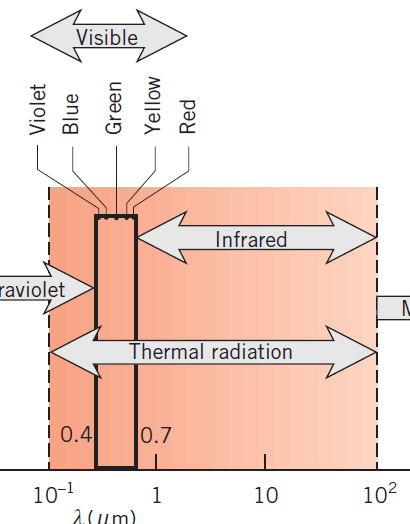Hope you guys can solve a problem that I have been struggling with for a while.
I have some fiber-glass parts that I made from epoxy (west system) years ago. I have spent hours post curing them in the sun but they still show some print-through when they get hot in full sun. It is not practical to put them in an oven to take the temperature higher. I spoke to technician at west system who said that it probably would not be possible to stabilize the part beyond what I've already done even with an oven.
The parts are painted gloss black and have been polished to a mirror finish so show every flaw. I recently spoke to a paint expert in the marine industry who told me that they have had success painting parts white first then painting final color over the top. He says this reduces the temperature in the sun by as much as 10 degrees F.
Obviously this would be a great deal of extra work and materials for me but I would be willing to do it as the print through seems to appear at the upper end of the temp the part gets to (around 160*F).
Can anyone confirm this? The paint does not have to be a specific type, it is the color that makes the difference.
Thanks for any replies.
I have some fiber-glass parts that I made from epoxy (west system) years ago. I have spent hours post curing them in the sun but they still show some print-through when they get hot in full sun. It is not practical to put them in an oven to take the temperature higher. I spoke to technician at west system who said that it probably would not be possible to stabilize the part beyond what I've already done even with an oven.
The parts are painted gloss black and have been polished to a mirror finish so show every flaw. I recently spoke to a paint expert in the marine industry who told me that they have had success painting parts white first then painting final color over the top. He says this reduces the temperature in the sun by as much as 10 degrees F.
Obviously this would be a great deal of extra work and materials for me but I would be willing to do it as the print through seems to appear at the upper end of the temp the part gets to (around 160*F).
Can anyone confirm this? The paint does not have to be a specific type, it is the color that makes the difference.
Thanks for any replies.

